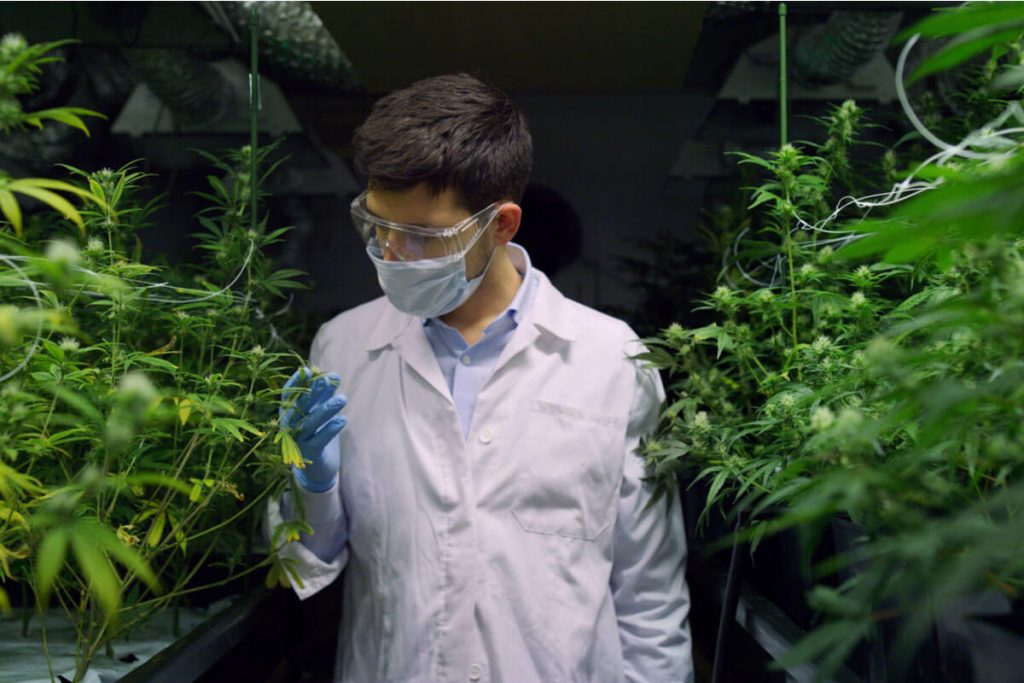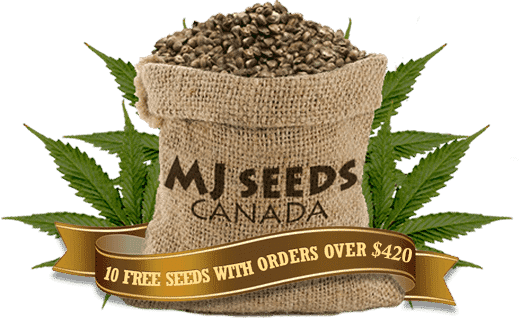
Since the legalization of cannabis years ago, various advancements in its cultivation and reproduction have been discovered, and so far all of them brought a lot of important innovation to the cannabis world. One of the most advanced techniques in marijuana cultivation is plant tissue culture.
Plant tissue culture in cannabis is a process that allows the growth and maintenance of its plant cells. With the use of this technique, a massive number of clones with similar genes are produced. It works perfectly fine with small operations but most especially for larger ones. Learn more about it as you continue to read.
What is Plant Tissue Culture?
It was in the 1950s until the 1960s when it became famous. Plants like orchids benefited much from this technique. Plant tissue culture then became very famous among farmers who used it to have a higher harvest.
The process begins by taking a sample tissue of an adult plant. Through a medium used in the culture process and can be in the form of an agar gel, the sample tissue begins to grow. Culture media often contain sugar, hormones, nutrients, and other ingredients.
“Micropropagation” is another term for this technique. This process has been very successful due to the plant’s cells that are capable of regenerating itself into a completely new plant again.
The Four Stages of Plant Tissue Culture
This technique of Plant Tissue Culture has four specific stages that help get that sample needed. They are the following:
1. Initiation – placing or transferring the mature plant and materials into the sterile area or the vitro environment.
2. Multiplication – taking them out from the vitro environment and chopping them into smaller bits of plant or also called the x-plant to be placed in another storage is called micropropagation. This process increases their number.
3. Rooting – the process of ending the x-plant from multiplying and then transferred to the medium for rooting.
4. Acclimatization – the official end of the micropropagation process and the time for getting back to the real world. a few more pieces of equipment, however, is used to sterilize or disinfect the medium for growing the samples such as Autoclaves.
Tissue Culturing of Growing Cannabis
Gone are the days when seeds are the only way to plant cannabis. Seeds are available anywhere locally but it also entails a lot of problems. The genetics of cannabis seeds are almost always unstable, in terms of their traits, effects, aroma, and others.
Seeds that are not 100% feminized offers the risk of getting male plants that are not useful in your cultivation but only for the pollination process. Also, seeds need some time to germinate which means more waiting time as well.
Compared with cuttings, the genes of cannabis seeds are more stable and thus lessens the chance of getting male plants. Cuttings, however, are very much prone to infections especially is proper hygiene is not applied to the equipment you are using. Adult female cannabis has to be the source of such cuttings, too.
Advantages of Tissue Culture in Cannabis
Growing crops using tissue cultures is better than using seeds or cuttings for many reasons. Some of these are the following:
- Longer storage of desirable genetic materials is possible which breeders can take advantage of.
- It allows for the cloning of plants containing very adorable traits due to its stable genetics.
- It beats traditional cuttings in terms of being strong at preventing diseases.
- It leaves more space for more clones to be stored.
- Identical clones can be re-created through small tissue samples.
Disadvantages of Tissue Culture in Cannabis
Tissue culture, despite its various beautiful traits, also has some difficulties and disadvantages. They include the following:
- Specific equipment for the cloning and storing process is necessary to be bought by growers before they begin.
- If traditional cuttings take only two weeks to mature, almost one month is necessary for clones can fully mature and ready to be transplanted.
- You must have a sterile environment to perform this technique.
How to Grow Cannabis from Tissue Culture
Being a very advanced technique in growing cannabis, tissue culture entails various stages before it can be completed. A summary of that is provided below.
- Choose a healthy, beautiful female plant to cut a sample tissue from. Make sure to check her genetics carefully so you won’t have an undesirable trait in your clone later on. Cut a part of it in the nodal area which includes also some of its axillary buds. You must remove all the fan leaves from it and also the stem following that of an angle with a 45-degrees measure.
- Use a 2% hypochlorite or a bleach solution with a 0.1% Tween-20 to sterilize the samples. Then let it sit on the solution for at least 5 minutes. Rinse each of them for one minute.
- Use glass tubes with round-bottom and plastic lids to use as containers for the sample tissues. Shooting medium like Murashige must be added at an amount of 20ml. Pour in some sucrose, charcoal, agar, and other supplements, too.
- After only 1 to 5 months, you should already see some shoots emerging from the containers. Subculturing the plant in the fresh growing materials every month is necessary. Shoots will eventually reach a height of 2.5 cm which means that they are ready for transplant. They must be placed into larger containers with 50ml media for rooting.
IMPORTANT NOTE: Incubation is required for all cultured cannabis at 75 degrees Celsius with the help of white fluorescent lighting within a photoperiod of 16 hours.
Final Thoughts
Plant tissue culture is an effective modern-day cultivation process that can be helpful to all cannabis growers who are desiring for better yield and quality of the harvest. However, for those who do not like to wait for too long before enjoying their beloved crops, this technique is not the way to go. There may be various advantages to be achieved from plant tissue culture as a technique in planting, but the fact remains that it still depends on your case and that of others. If you are planning to grow your crops, doing it based on what you already know would be safe, but it’s never bad to try new innovative weed cultivation methods, too. Tissue culture in cannabis is just an option that you can if you have the chance.



